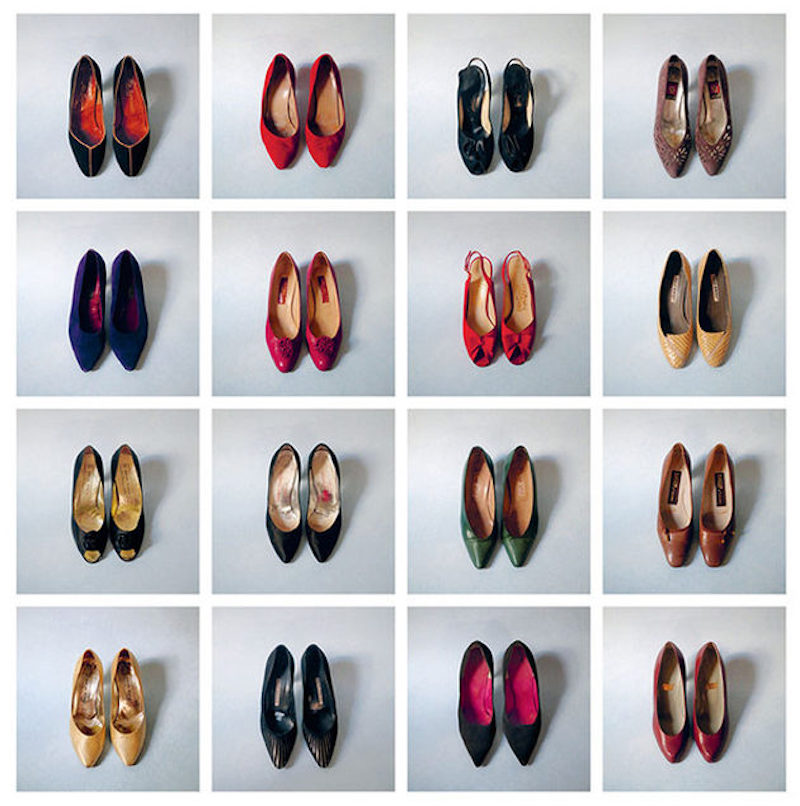f²: Wardrobe Wisdom and What We Wear

The clothes we wear build up a story of who we are, even for those who think of themselves as “anti-style”. Every day when we we get dressed, we decide what to wear or equally important what not to wear and what we choose is an important part of how we communicate to ourselves and to the rest of the world. The fact that our choices may be interpreted through other people’s lenses to which they ascribe their own meanings does not take away from the messages that we want to deliver.
And as we women navigate through life and and the many roles we inhabit, these decisions are not always straightforward. In my case, it has often seemed like once I thought I had worked out my core wardrobe, a whole new set of circumstances would make me question my choices all over again. Dressing the way you envision yourself is a constant balancing act between aspiration (for me it has always been the two Hepburns, Audrey and Katharine) and reality (lifestyle, budget, availability and the translation of size and scale from them to me).

As an eager young architect in New York in the late 80’s, I strove to systematize my wardrobe and reduced it down to black tailored trousers, black A-line skirts, black cardigans and white or striped shirts with crisp collars during the week. My first wardrobe crisis occurred eight years later when our move to London coincided with becoming a mother and the clarity my wardrobe had achieved as a young professional no longer worked. Black was a bit harsh for London and its soft, diffused light and too great an effort was required to retain crispness through pregnancy, post natal physical changes and young toddler demands. But it took awhile for me to realise (admit?) this and so when I returned to work, I spent a few years trying to align my former wardrobe with a new reality. I never really worked that one out before my second wardrobe crisis. Seven years after returning to work, I decided to stay home and be a full time mother. In the midst of resolving who I was now or rather who I no longer was, how could I know what message I wanted to communicate through my clothes? I rode those years out in jeans, t-shirts, cardigans and various questionable items from e-Bay. And all throughout, my body was changing slowly and my image of myself was changing with it. Who was I now and where was my story going?

Over the past few years, I have been working out my sartorial story of a fifty-something, designer, writer, artist, wife and imminent empty nester mother with a post-menopausal body. I feel like the story is almost there, albeit slightly more fuzzy than the story of my young architect days. I like it that way though because it means I can now acknowledge change. One key difference is that instead of trying to dress myself from the outside looking in and compromising comfort for style, I now dress from the inside looking out. These days, it’s all about me and my comfort. Like marble steps that have worn a groove from frequent footfall, I am now interested in clothes that speak a similar language — the pocket edges that are frayed from so much use, the jeans that are threadbare in the seat, the leather bag that has developed a well oiled patina. Guardian environmental journalist Lucy Siegle and executive producer of True Cost, the documentary that explores the human and environmental costs of cheap throwaway clothing, advocates the following, “Only buy (items of clothing) if you can commit to wearing the item at least 30 times.” The comfortable pieces that make me feel good — the ones I will keep reaching for time and again — are the only ones that occupy real estate in my wardrobe. It is only now that I have gathered a collection of a few well-loved, comfortable staples that I am finally fully confident about what my style and story are.


